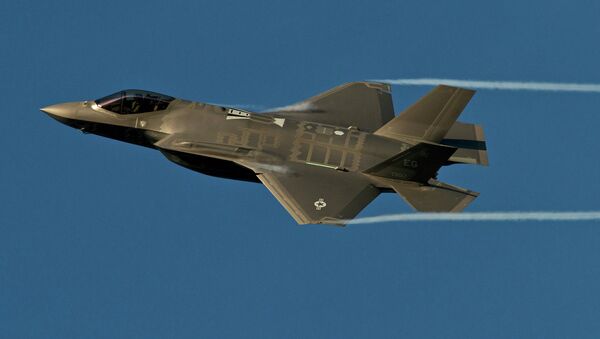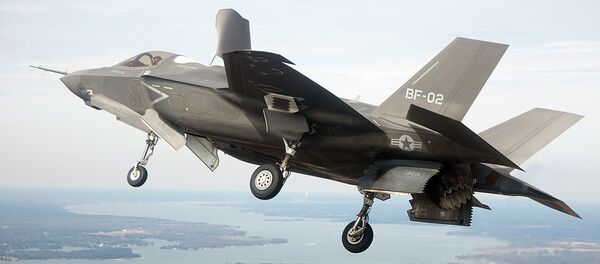The Pentagon's office of the Director, Operational Test and Evaluation (DOTE) wants to better assess limitations of the existing fifth-generation stealth fighter made by Lockheed Martin Corp, reported Defense Daily.
Curt Cook, an air warfare specialist for the Pentagon, said:
"You figure out really quickly what the new capabilities are that you’re fielding and how well they perform in comparison to your existing capability, but you also understand if there are any gaps that are being left open by the new system," Cook said.
"DOTE wants to evaluate the effectiveness of the plane through proportional measures – a such as what fraction of weapons hit the desired target – and continuous measures, like how long it takes the forward air controller to pass information to ground troops, and how long it takes troops to act after receiving that direction."
The so-called comparative tests will take place in late 2017 or 2018, Cook said.
The F-35 is designed to replace the A-10 Warthog, as well as the F-16 Fighting Falcon, the F/A-18 Hornet and the AV-8B Harrier jump jet.
Last month, the Marine Corps declared initial operational capability for a less lethal version of the F-35B jump-jet variant. The first F-35Bs are without a new night-vision helmet, certain weapons improvements, or the ability to stream video or fuse data from multiple aircraft.
Still, Marine Lieutenant General Jon Davis defended the aircraft from criticisms that it cannot outperform an F-16 in a dogfight or an A-10 in providing close air support to ground troops.
"I love the F-16, I think it's a great airplane," he said, but added that in a dogfight, he would rather be in a new Joint Strike Fighter than a legacy Fighting Falcon.
At an expected total cost of more than $1.5 trillion over the next 55 years, the F-35 Joint Strike Fighter is the Pentagon's most expensive weapons program ever. It has been plagued by cost overruns, malfunctions and delays, drawing criticism from lawmakers and defense experts alike.



